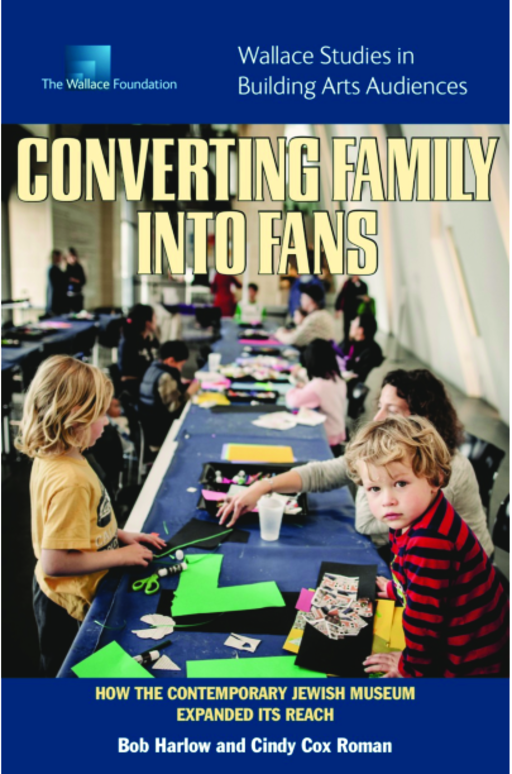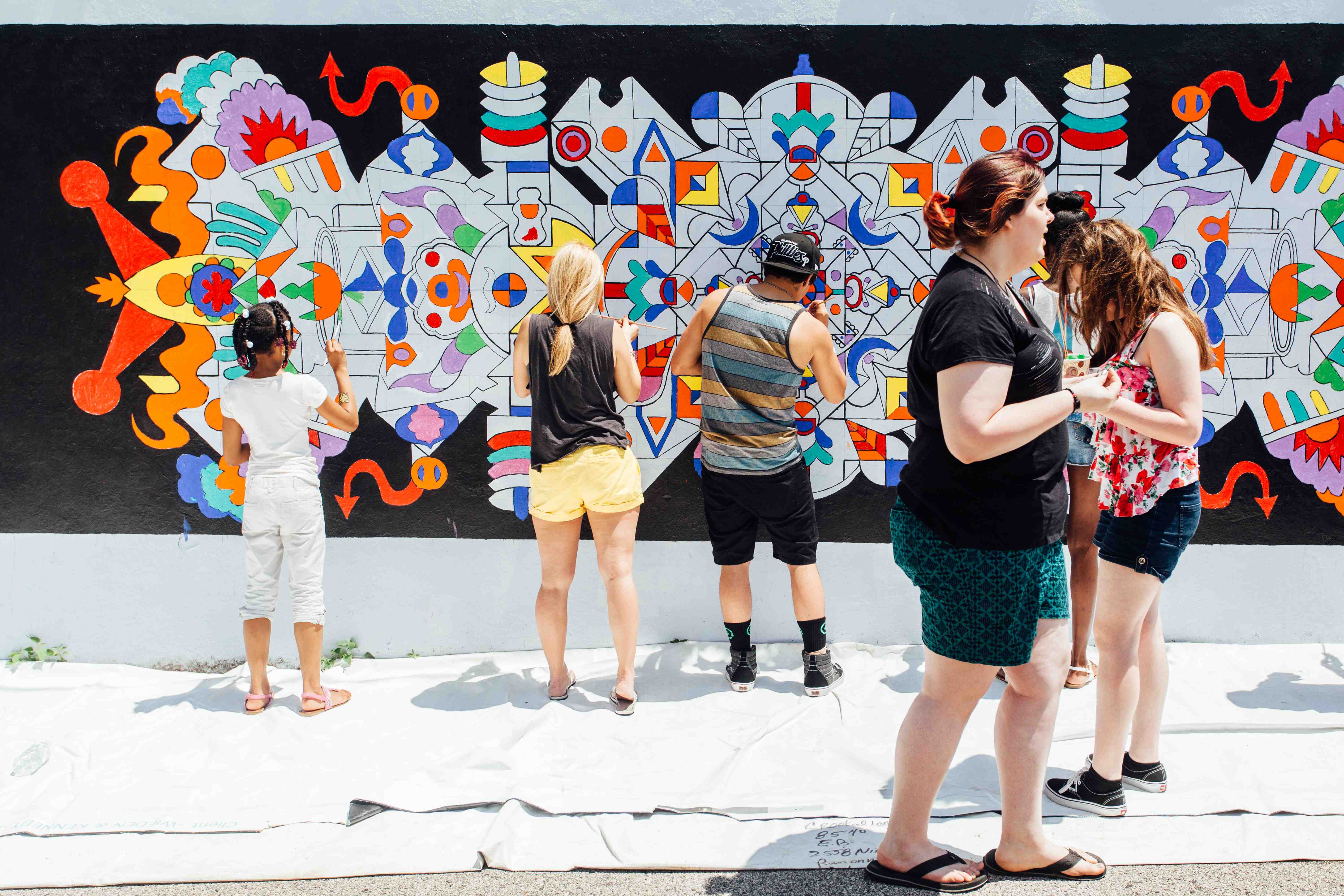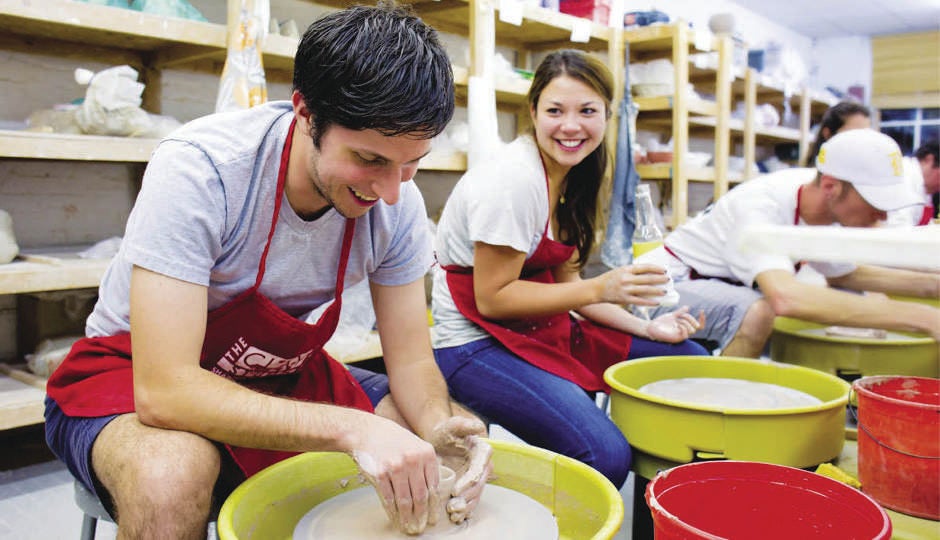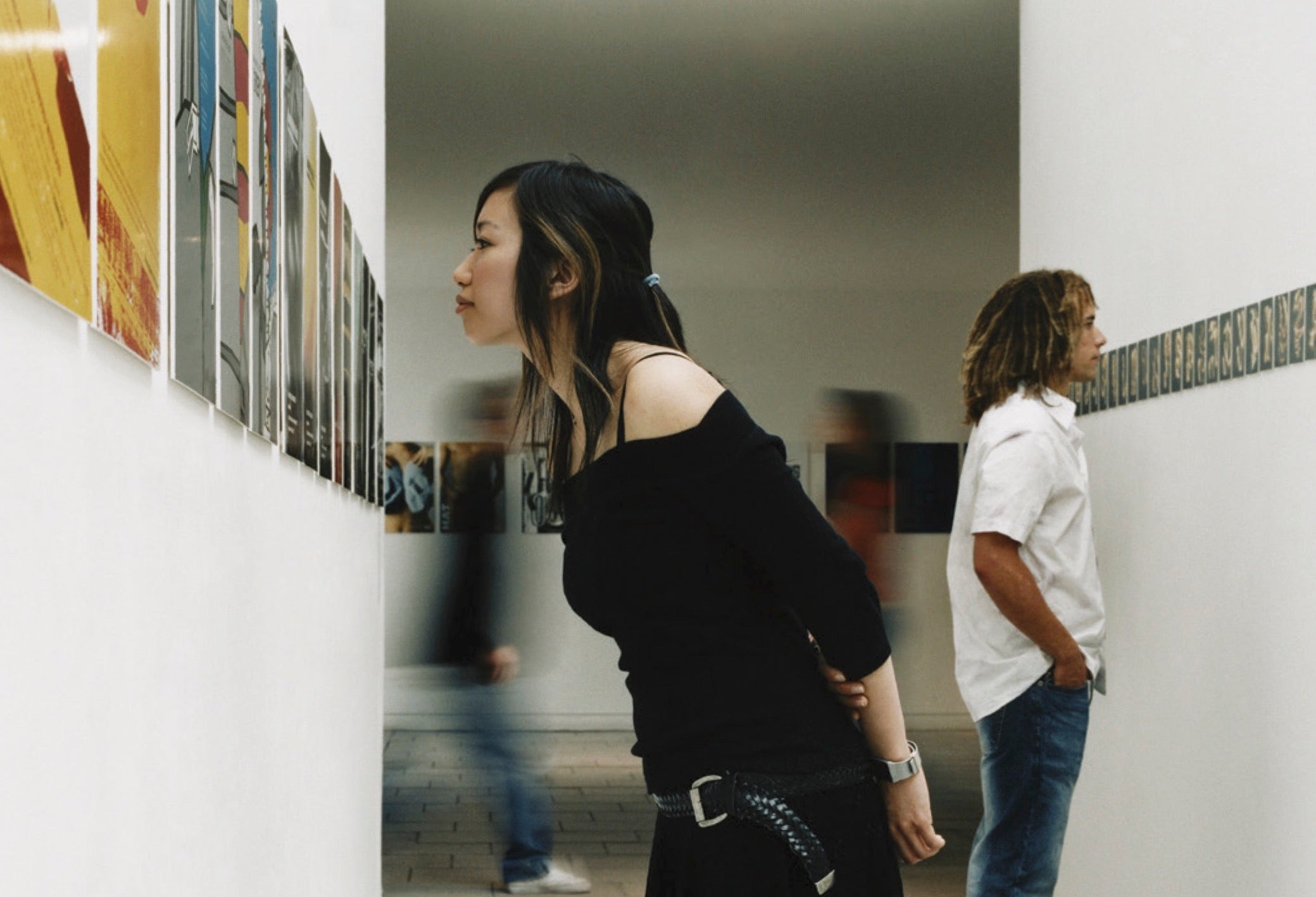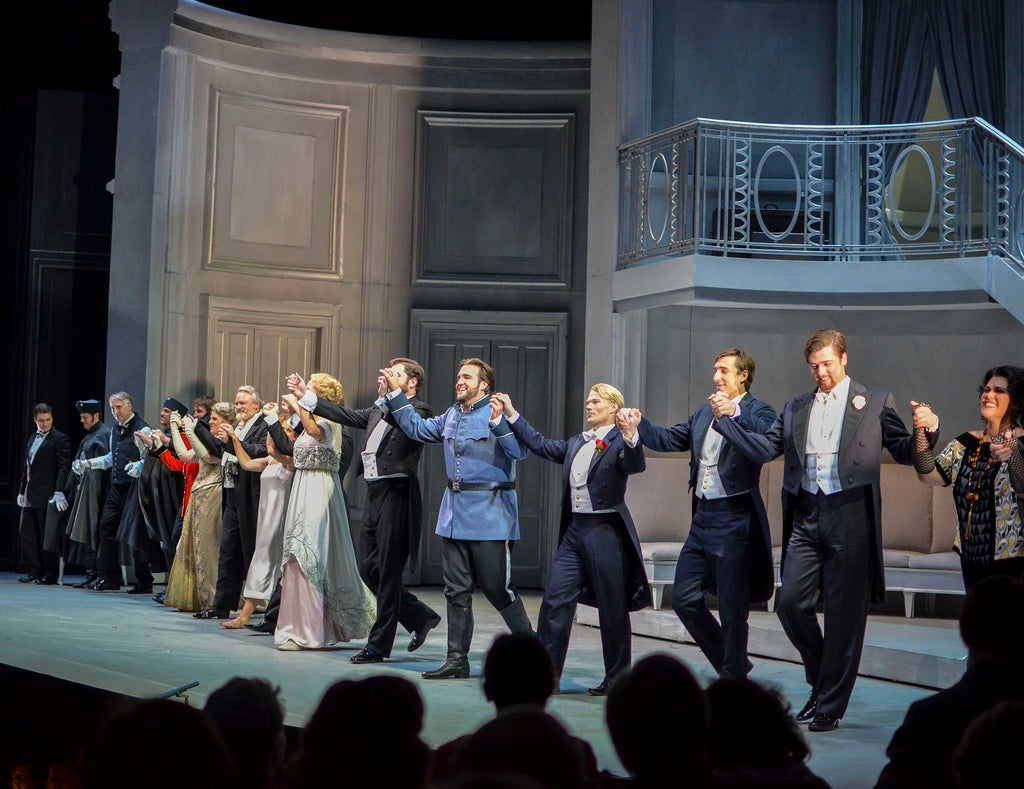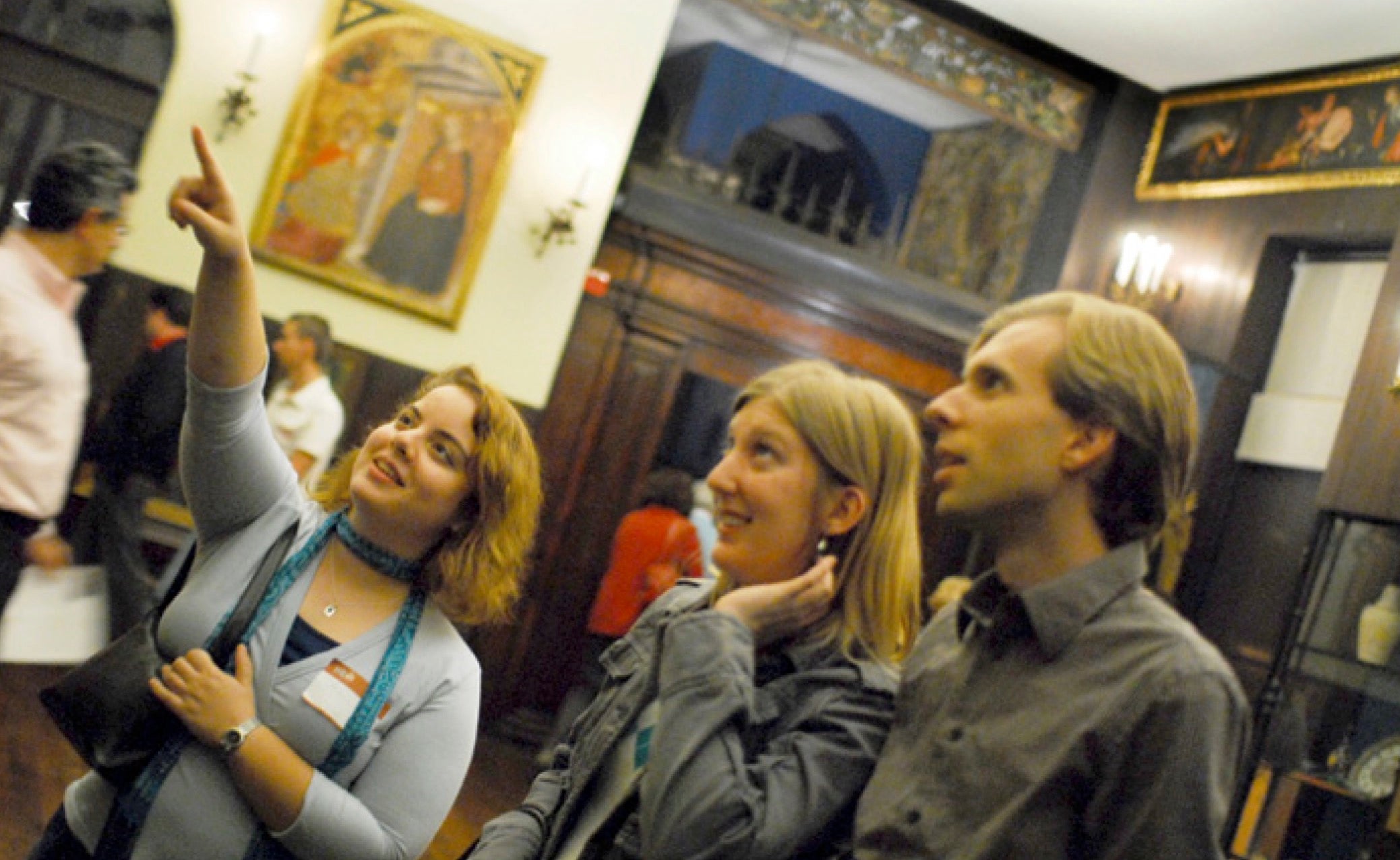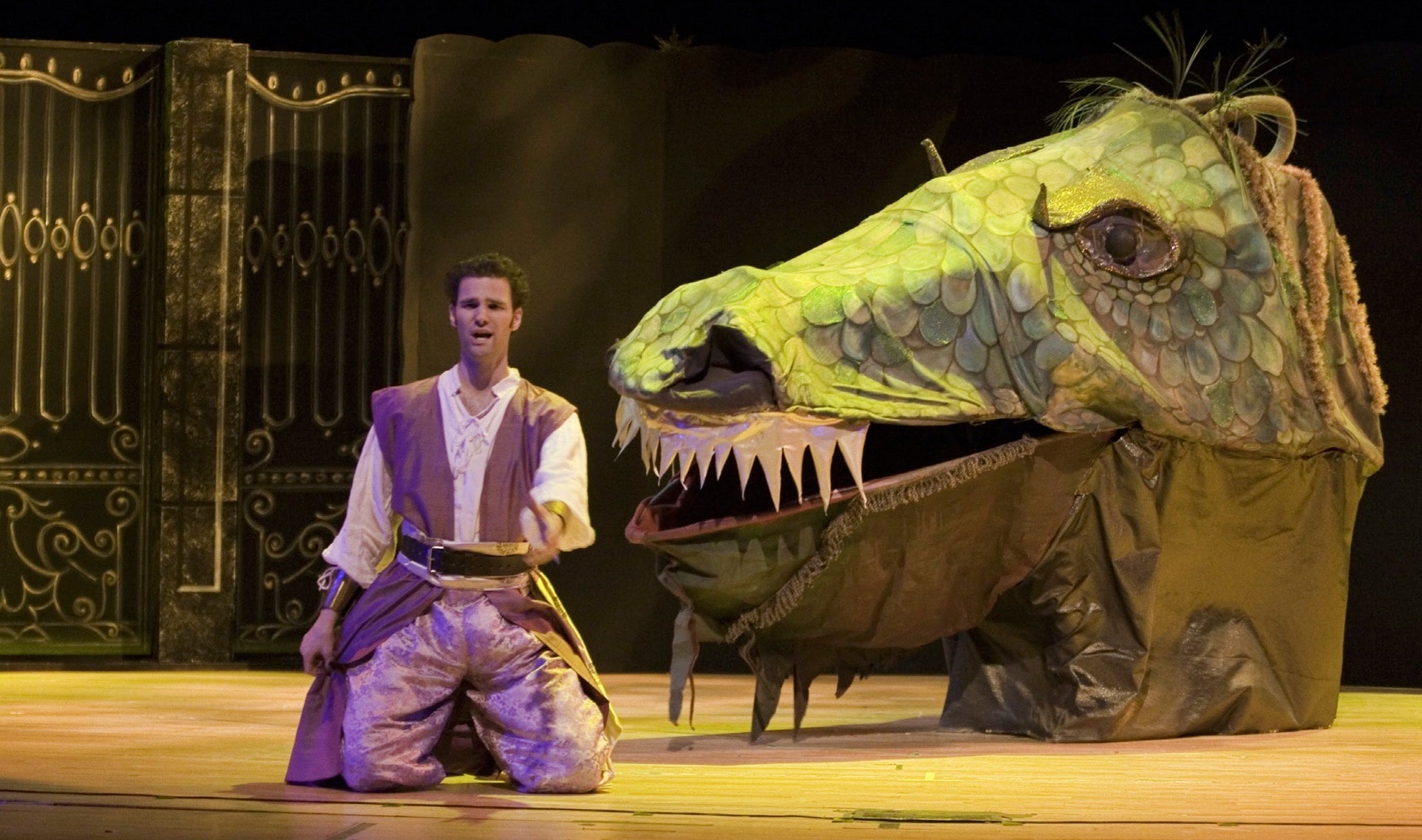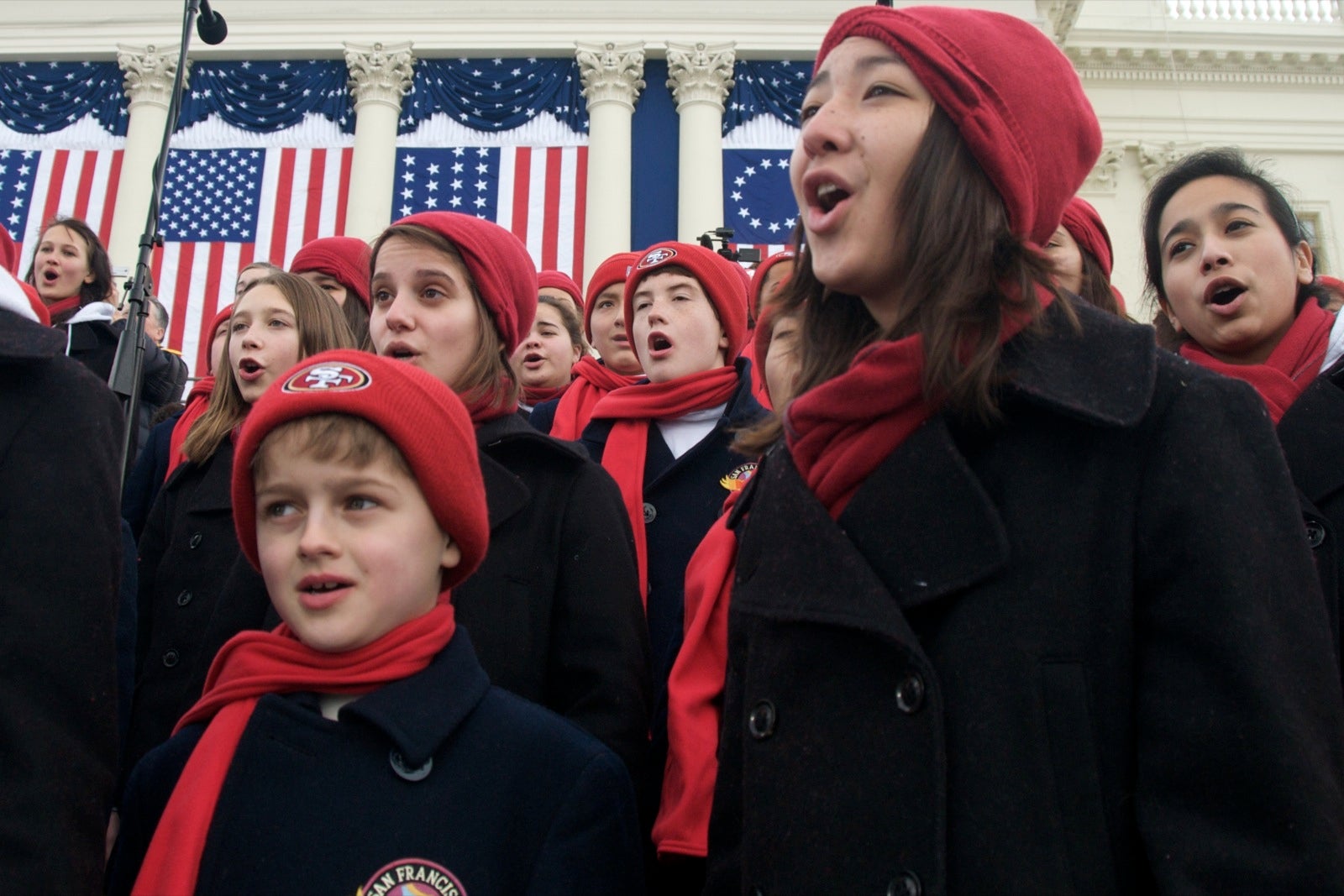Breadcrumb
- Wallace
- Reports
- Converting Family Into Fans How ...
Converting Family into Fans
How the Contemporary Jewish Museum Expanded its Reach
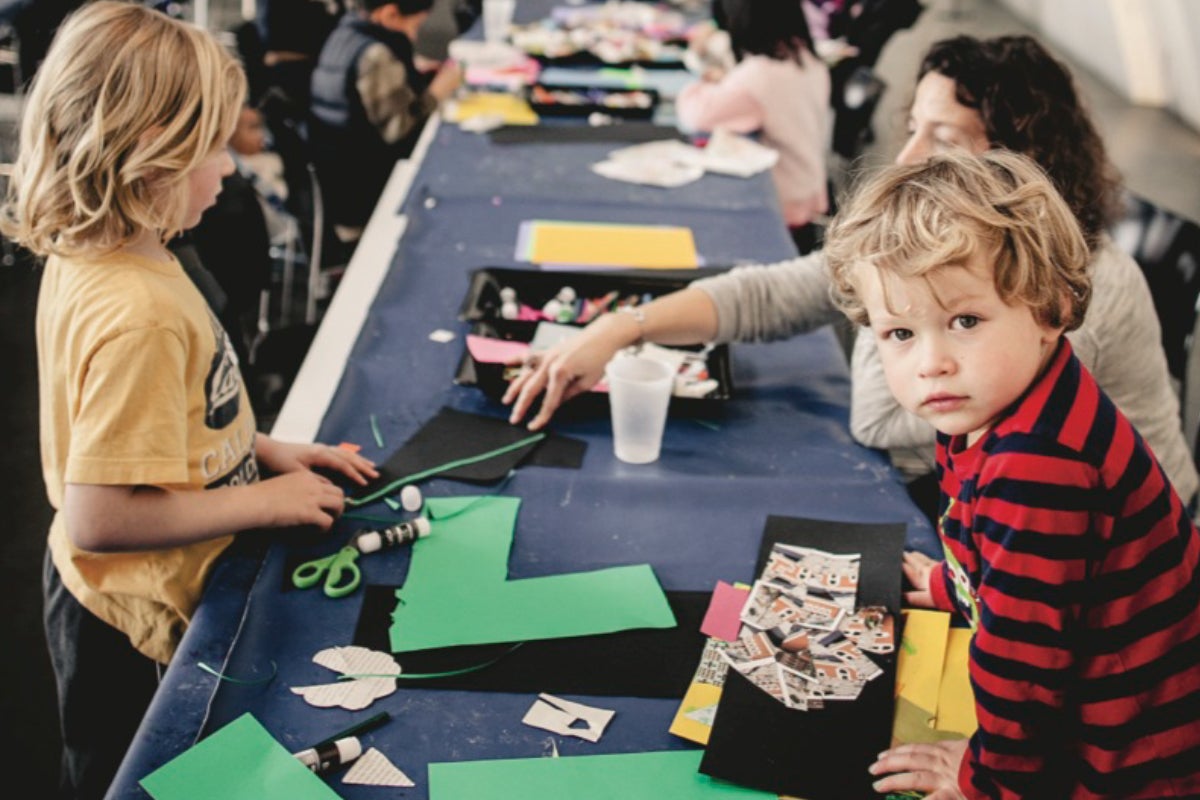
- Author(s)
- Bob Harlow and Cindy Cox Roman
- Publisher(s)
- Bob Harlow Research and Consulting, LLC
Summary
How we did this
This case study examines the Contemporary Jewish Museum’s efforts to attract larger numbers of families with young children. It is the product of multiple interviews with key staff and analysis of program elements, budgets, and planning documents.
How can a museum expand its reach and impact? For the Contemporary Jewish Museum (CJM) in San Francisco the answer was to attract a new audience—families of all backgrounds—and build the next generation of museum supporters. This case study explores how the CJM successfully achieved its goal.
The article is part of a set of case studies and reports looking at the efforts of arts organizations that received Wallace Excellence Awards to reach new audiences and deepen relationships with current ones. The pieces examine projects at 10 of the 54 organizations that received WEA grants between 2006 and 2014.
A 2019 update looks at the Jewish Museum’s continued efforts to attract larger numbers of families with young children.
Moving to Bigger Quarters
Started in 1984, the museum had long operated in a 2,500-square-foot space in the lobby of the Jewish Community Federation of San Francisco’s office building. But in 2008, it moved into a new, 63,000-square foot facility. With the move, the staff sought to target a larger audience.
Attracting families, both Jewish and non-Jewish, would accomplish two goals: First, it would help boost attendance. But also it could infuse the organization with the vibrancy and curiosity of intergenerational conversation.
A Multi-Part Strategy
After leading focus groups to better understand the needs of families with young children, museum staff developed a multi-part strategy. That included:
- New exhibitions. They presented exhibitions of popular authors/illustrators designed to appeal to both adults and children
- A welcoming environment. That included providing new programs and creating a warm and inviting environment
- Discounts. The museum offered free admission for children under age 18 and free admission several times a year for families
- Partnerships. The staff created ongoing strategic partnerships with institutions that had close ties to families, such as schools and libraries
Keeping a Balance
At the same time, staff didn’t want the institution to become solely a children’s museum. With that in mind, they took extra efforts to balance the needs and interests of children and adults. For example, they:
- Worked to manage parents’ expectations
- Created special spaces for children to work on activities
- Trained the staff to draw families to areas most appropriate for children.
Achieving Its Goals
The CJM’s ambitious agenda to serve a wider audience succeeded. Its efforts brought in consistently large audiences—nearly 10 times the size of the museum’s audience in its first facility.

It was essential that the trustees supported this vision and commitment to family programs so that it was never in jeopardy and was seen as a core function of the museum.
— Connie Wolf, then-director and CEO of the Contemporary Jewish Museum
Key Takeaways
- After moving into much larger facilities, the Contemporary Jewish Museum sought to expand its audience by targeting families, both Jewish and non-Jewish.
- Its efforts brought in consistently large audiences—nearly 10 times the size of the museum’s audience in its first facility.
- The CJM created ongoing strategic partnerships with institutions that had close ties to families.
Materials & Downloads
What We Don't Know
- What did the CJM learn from the family research project led by a third-party evaluator?
- Has the CJM been able to find out more about the visitor experience?
